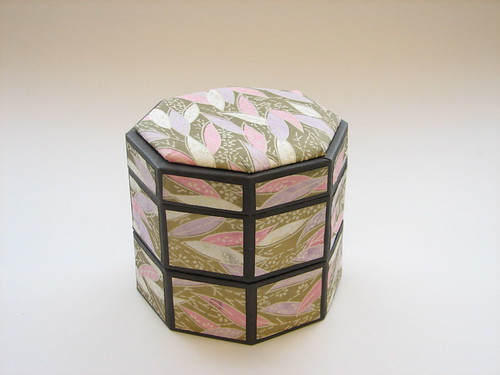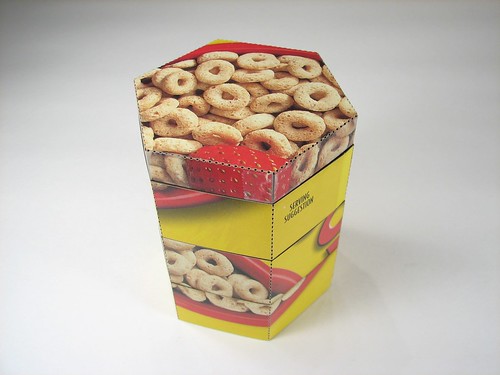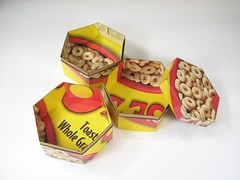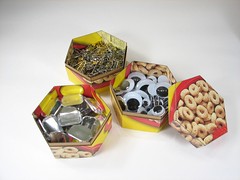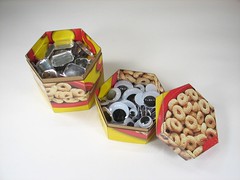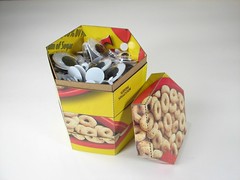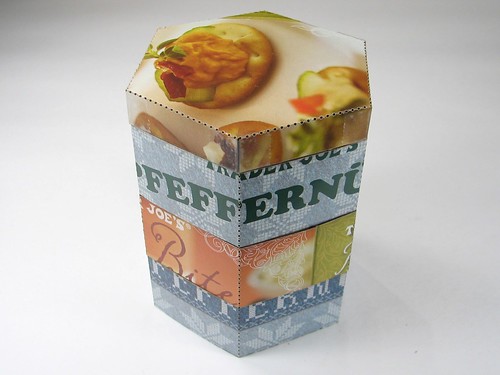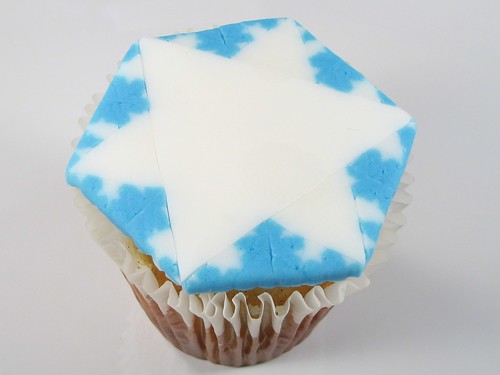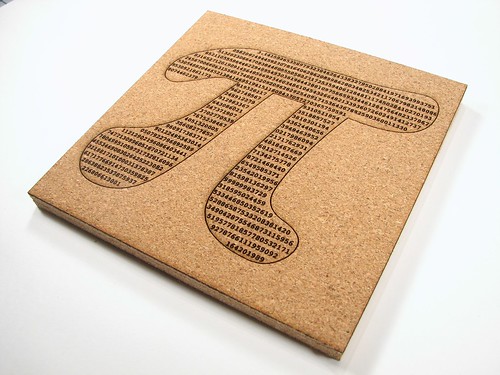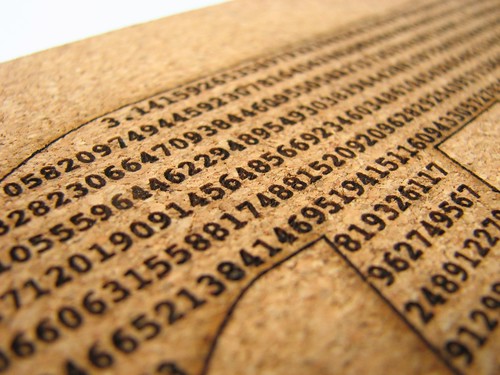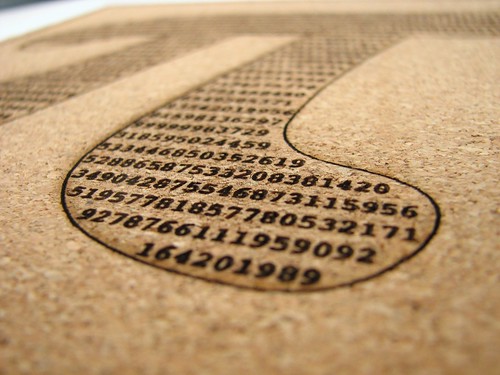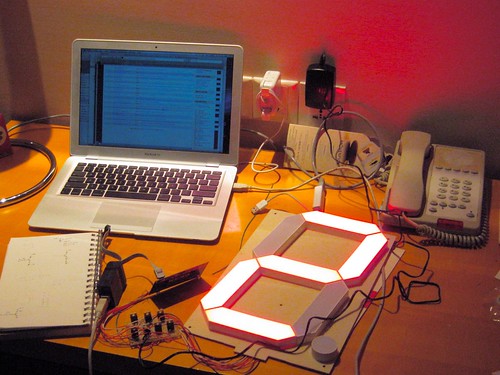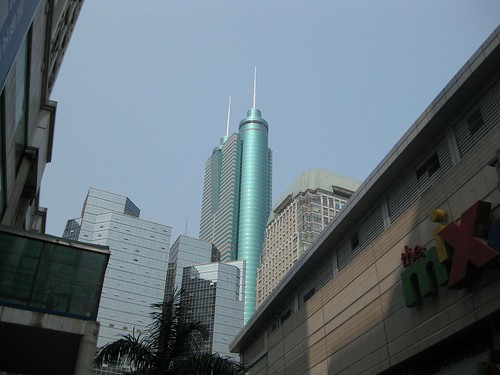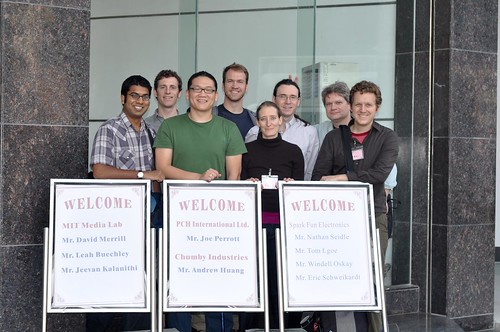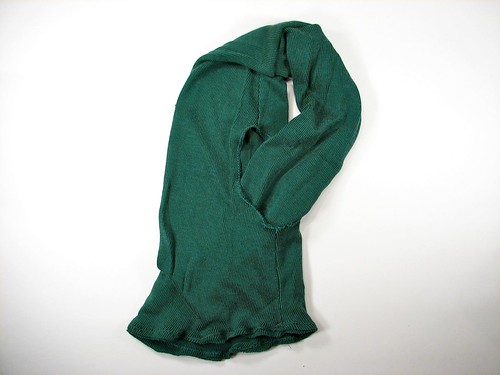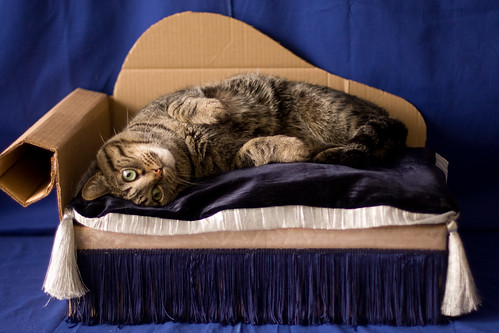For years, we’ve enjoyed eating out at South Indian restaurants– they often have exceptionally interesting food. They are almost invariably vegetarian, so it is generally safe– even for non-carnivores –to order anything off of the menu.
But here’s the rub: the menus tend to be terse. Many of them have only a list of items, without description at all (Tirupathi Bhimas has an excellent example). It’s not clear if this is because they don’t expect “outsiders” to want this kind of food, or perhaps some other reason, but restaurants with clear descriptions of the menu items are the exception, not the rule.
Moreover, the waiters aren’t always trained to give explanations to non-Indians. If you ask what the difference between a dosa and a rava dosa is, you might hear that rava dosas are crispier. But your waiter may not know that rava means wheat or be able explain that in a rava dosa semolina replaces the rice flour. And that won’t help you if you don’t already know that a dosa is a large crispy crepe made with a fermented batter of rice flour and ground lentils. The semolina in a rava dosa does make it crispier, and a little thicker than a regular dosa. It also takes a little longer to cook, so you can expect it to come out of the kitchen a bit later than a regular dosa.
That little bit of trivia may stick in your mind for a short while, but will you remember it the next time you are at the restaurant? (Will we?) And what if you can’t remember what uthappam is? Some restaurants include more information on their website than they do on their printed menu (Saravanaa Bhavan [pdf] and Udupi Palace are good examples) but it would be a hassle and require planning to print out their online menu to take with you.
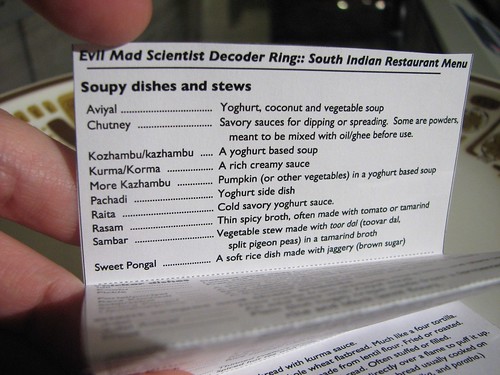
So you need a decoder ring! Or at least a wallet card. With a little help from Wikipedia (check out their page on curry!) and the glossary in my copy of 1000 Indian Recipes, we’ve put together a South Indian Restaurant Menu Decoder Wallet Card (800 kB PDF) for your enjoyment, education, and dining pleasure. You can print it out– single sided so no hassle –and it compresses to standard business card size: 3.5″ x 2″. You can also not print it out, and just view it on your iPhone. (And if you’ve never been to a South Indian place, isn’t this a good time to try one?)
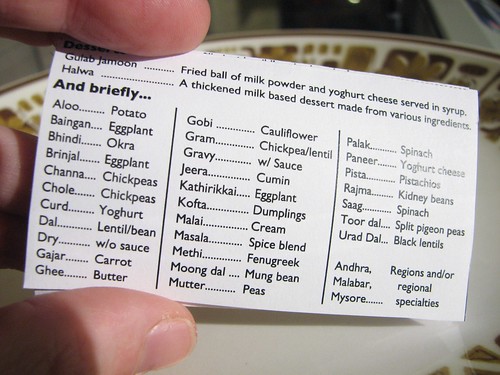
A note on spelling and vocabulary: India is big. Many ingredients and dishes have different names in different regions, languages and dialects. Spellings vary a lot. I have used some of the more common variants, and tried to use multiple versions where the variance seems significant to me. I used versions that I have seen on menus in my area. I have not included all of them. If it sounds similar, it probably is.
A note on my definitions: I tried to include enough information to be useful, not so much as to be tediously accurate. My translations are gleaned from lots of sources, including my own experience and experimentation. Space considerations for the wallet card have led to some compromise on absolute accuracy. But I’m not Indian or I wouldn’t be writing this, so if you see something that’s blatantly wrong, please let me know.
We’d love to see wallet decoder cards for other kinds of restaurants, so let us know if you make one! Korean? Pakistani? Where else do we need one?
